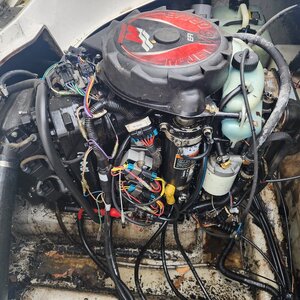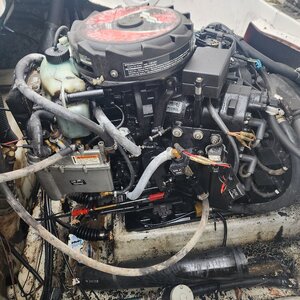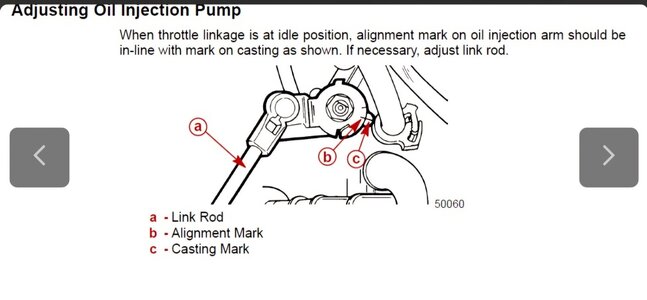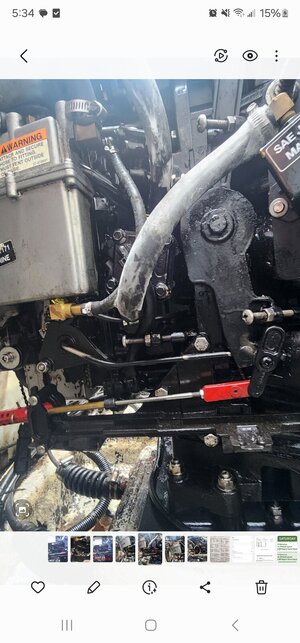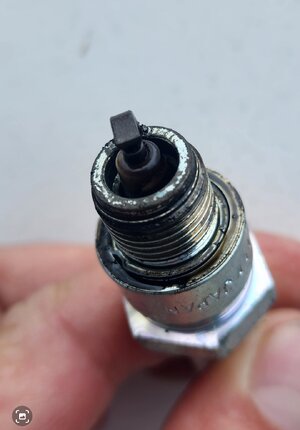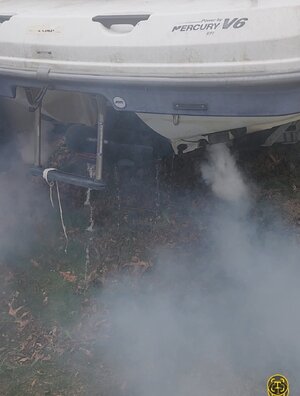tomant
Member
Hello all, let me start this convo of by saying I'm not engine savvy BUT can do relatively easy jobs & follow direction.
I recently acquired a 2003 Seadoo Challenger 2000 with a Merc M2 Jet drive V6 EFI.
The boat starts right up however is currently smoking pretty heavy (thick white smoke that lingers) . I have called around to aprox 25 mechanics (marinas, seadoo dealers, independent mechanics, trade schools, power sport places ) in the Massachusetts & RI area (I have also called local trade schools to see if they could help) and I've had EVERY person tell me they don't work on Jet drive. The only advice I was given was to bypass the auto mixing and mix the oil and gas myself - this does not seem like a solution that Is viable and I have not tried it. (Doesn't mean I'm correct here but if it's electronicly mixed in assuming it will cause other issues).
Now, I understand seedoo stoped making these and parts are hard to come by but I'm starting to lose hope I can get this fixed.
I guess I'm here because i don't know where else to turn to see if anyone knows someone that will work on them in the area OR if someone can help me directly with the problem?
Thanks in advance for any support.
T
I recently acquired a 2003 Seadoo Challenger 2000 with a Merc M2 Jet drive V6 EFI.
The boat starts right up however is currently smoking pretty heavy (thick white smoke that lingers) . I have called around to aprox 25 mechanics (marinas, seadoo dealers, independent mechanics, trade schools, power sport places ) in the Massachusetts & RI area (I have also called local trade schools to see if they could help) and I've had EVERY person tell me they don't work on Jet drive. The only advice I was given was to bypass the auto mixing and mix the oil and gas myself - this does not seem like a solution that Is viable and I have not tried it. (Doesn't mean I'm correct here but if it's electronicly mixed in assuming it will cause other issues).
Now, I understand seedoo stoped making these and parts are hard to come by but I'm starting to lose hope I can get this fixed.
I guess I'm here because i don't know where else to turn to see if anyone knows someone that will work on them in the area OR if someone can help me directly with the problem?
Thanks in advance for any support.
T





